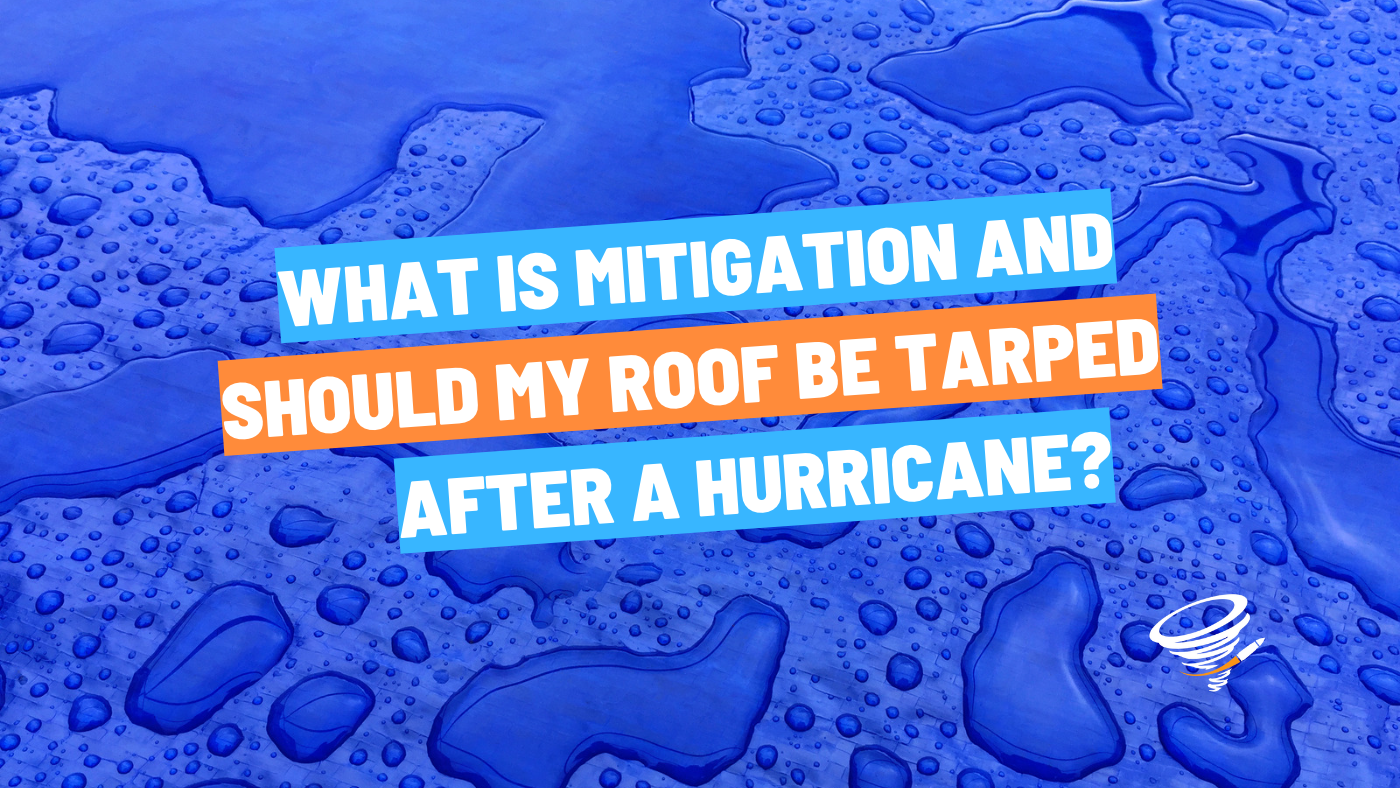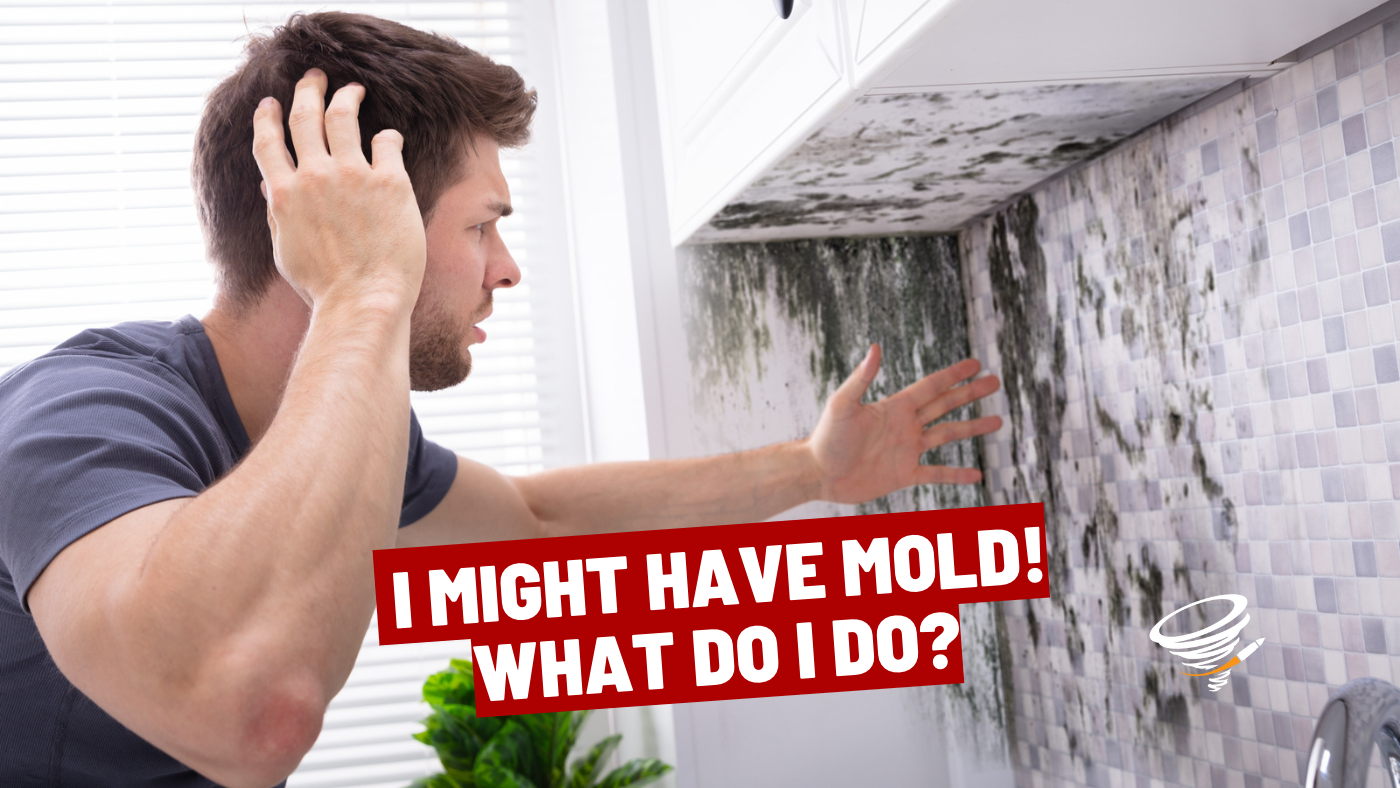Hurricane damage can be devastating to your home, especially your roof. Dealing with insurance claims and finding a reputable roofer can be hard, but it’s important to act quickly to prevent further damage. In this article, we’ll discuss how to work with a roofer and a public adjuster to get your hurricane claim paid by your insurance company and get the whole roof paid, not just repairs.
- Assess the Damage After a hurricane, it’s essential to assess the damage to your roof. If it’s safe to do so, take pictures of the damage and make notes. It’s essential to document everything to support your insurance claim. If you’re not comfortable climbing onto your roof, contact a reputable roofer to assess the damage for you.
- Contact Your Insurance Company, Contact your insurance company as soon as possible to file a claim. They will send an adjuster to assess the damage and provide an estimate for repairs. It’s important to document all communication with your insurance company, including phone calls, emails, and letters.
- Hire a Public Adjuster, A public adjuster is a licensed professional who represents your interests in the insurance claim process. They will review your insurance policy and negotiate with the insurance company on your behalf. A public adjuster can ensure that you get the maximum payout from your insurance company.
- Hire a Reputable Roofer, It’s essential to hire a reputable roofer to repair or replace your roof after hurricane damage. Look for a roofer with experience in handling insurance claims and a proven track record of quality work. You can ask for referrals from friends, family, or your public adjuster.
- Get Estimates, It’s a good idea to get estimates from different roofers to ensure that you’re getting a fair price. Your public adjuster can help you review the estimates and negotiate with the insurance company to get the best payout.
- Choose the Right Materials, When replacing your roof after hurricane damage, choose the right materials that can withstand future storms. Consider impact-resistant shingles, metal roofs, or tile roofs. These materials may cost more upfront, but they can save you money in the long run by reducing the likelihood of future damage.
- Document Everything, Throughout the entire process, it’s essential to document everything. Keep a file with all communication, estimates, and receipts. Take pictures of the work being done and keep track of the timeline. This documentation can be used to support your insurance claim and ensure that you’re getting the payout you deserve.
- Be Patient, Insurance claims can take time to process, especially after a natural disaster like a hurricane. It’s important to be patient and work with your public adjuster and roofer to ensure that everything is done correctly. Rushing the process could result in a lower payout or incomplete repairs.
- Know Your Rights, As a homeowner, you have rights when it comes to insurance claims. Your insurance company is required to act in good faith and pay out claims for covered damages. If you feel that your insurance company is acting in bad faith or denying your claim unjustly, you may need to seek legal representation. Our team of attorneys can assist you with this.
Dealing with hurricane damage to your roof can be overwhelming, but working with a roofer and a public adjuster can make the process smoother. By assessing the damage, contacting your insurance company, hiring a public adjuster and reputable roofer, choosing the right materials, documenting everything, being patient, and knowing your rights, you can ensure that you get the whole roof paid, not just repairs.
WHY DOES YOUR ROOF NEED TO BE REPLACED, NOT REPAIRED?
A category 4 hurricane like Ian brought 180 MPH Wind gusts, which can cause severe damage to a roof, which may require complete replacement rather than just repairs. There are several reasons why a roof cannot be repaired after a category 4 hurricane:
- Structural Damage: A category 4 hurricane can cause significant structural damage to a roof, including bending or breaking of roof trusses, rafters, and decking. These structural elements provide the support for the roof and need to be replaced if they’re damaged.
- Water Damage: Hurricanes can bring heavy rain and flooding, which can seep through any gaps in the roof and cause extensive water damage to the roof’s underlying structure. Water damage can weaken the roof’s structural integrity and lead to mold growth and other issues.
- Wind Damage: High winds can cause shingles to blow off or become damaged, leaving the roof vulnerable to leaks and further damage. Even if the shingles can be replaced, the damage to the underlying structure may require a complete roof replacement.
- Age: A roof that has already reached the end of its lifespan may not be able to withstand the force of a category 4 hurricane. If the roof is already compromised due to age and wear and tear, it may need to be replaced rather than repaired.
- Insurance Requirements: Insurance companies may require a full roof replacement after a category 4 hurricane. This is because repairing a severely damaged roof may not provide the same level of protection as a new roof, and the insurance company may be liable for any future damage or issues.
THE 25% LAW WHEN IT COMES TO FLORIDA ROOFS:
The 25% Florida rule is a provision in Florida law that relates to insurance claims for roof damage. Specifically, it pertains to situations where a homeowner has filed an insurance claim for damage to their roof, and the insurance company is considering whether to repair or replace the roof.
Under the 25% Florida rule, if the estimated cost of repairs to the damaged portion of the roof is more than 25% of the total replacement cost of the roof, the insurance company is required to pay for a full roof replacement. This is because repairing a roof that is severely damaged may not provide adequate protection, and the insurance company may be liable for any future damage or issues.
For example, if the total replacement cost of a roof is $10,000, and the estimated cost of repairs to the damaged portion is $3,000, the insurance company would be required to pay for a full roof replacement. This is because the cost of repairs exceeds 25% of the total replacement cost.
It’s important to note that the 25% Florida rule applies only to roof damage claims and not to other types of property damage. It also applies only to policies issued or renewed after May 17, 2019.
If you’re filing a roof damage claim with your insurance company in Florida, it’s important to work with a reputable roofer and a public adjuster to ensure that you get the maximum payout and have your roof replaced or repaired by a professional.
In summary, a category 4 hurricane can cause significant damage to a roof’s structural integrity, leading to issues like water damage, wind damage, and even age-related wear and tear. Repairing a roof after such damage may not provide adequate protection or meet insurance requirements, and a full roof replacement may be necessary to ensure the safety and longevity of the home. It’s important to work with a reputable roofer and a public adjuster to ensure that you get the maximum payout from your insurance company and have your roof replaced by a professional!
On average, a policyholder makes 747% more money using a Public Adjuster. (Source OPPAGA)
If you opened a claim with your insurance, our team can help you get paid, we have handled all types of claims in the past and we are confident in the fact we can assist you in these troubling times.
Call or Text me anytime at my Personal Cell (786) 818-9642 or send me an email at Armando@CaliberAdjusters.com





